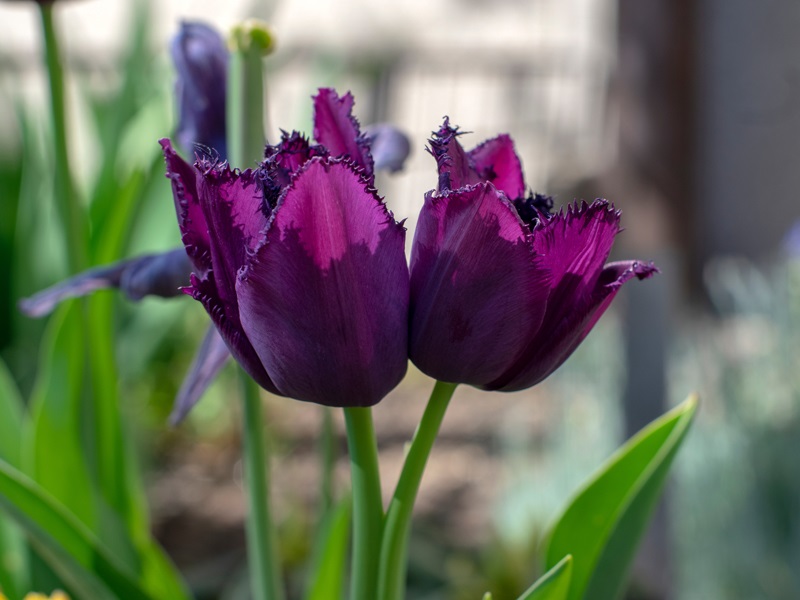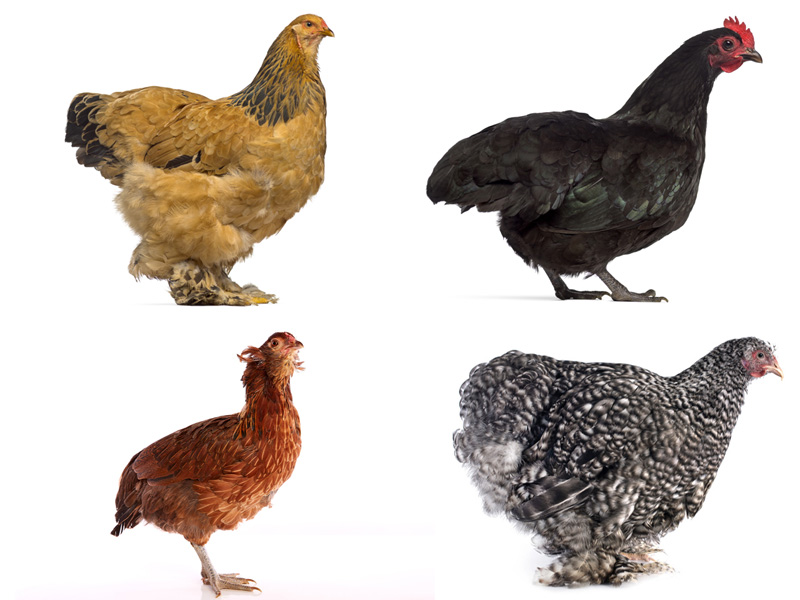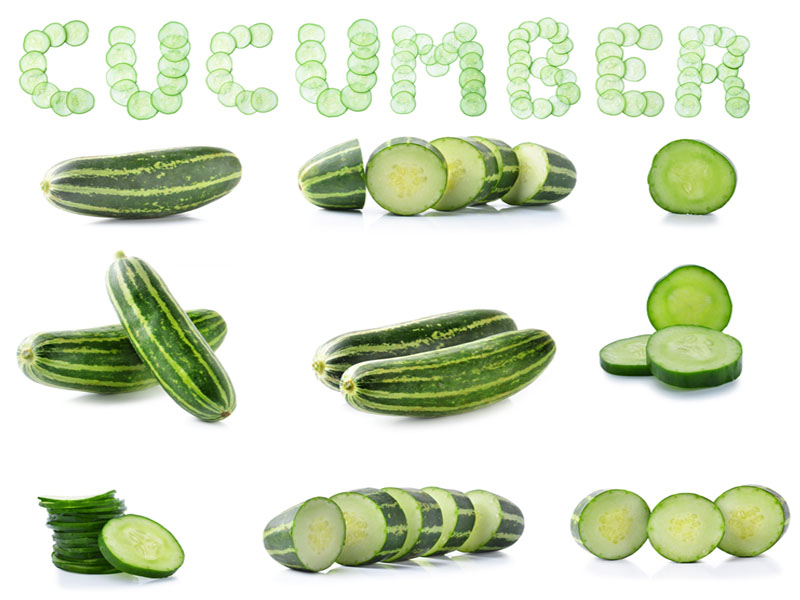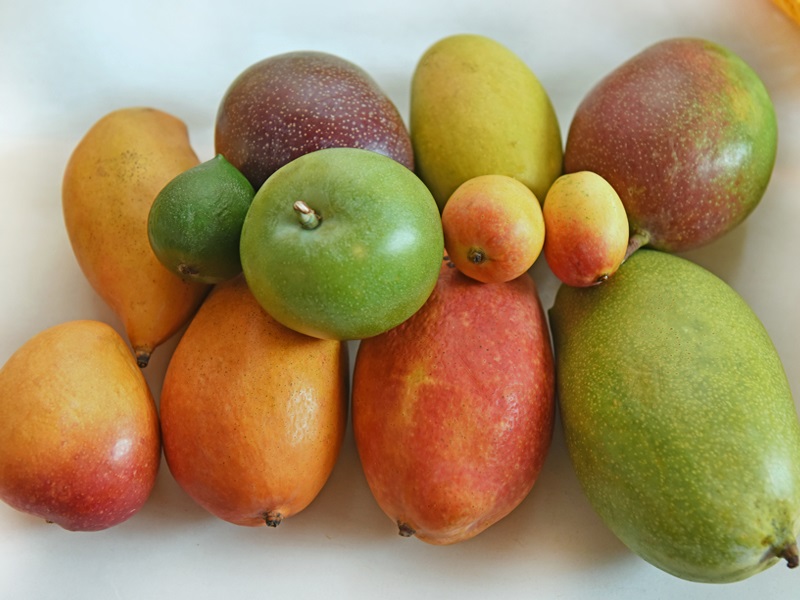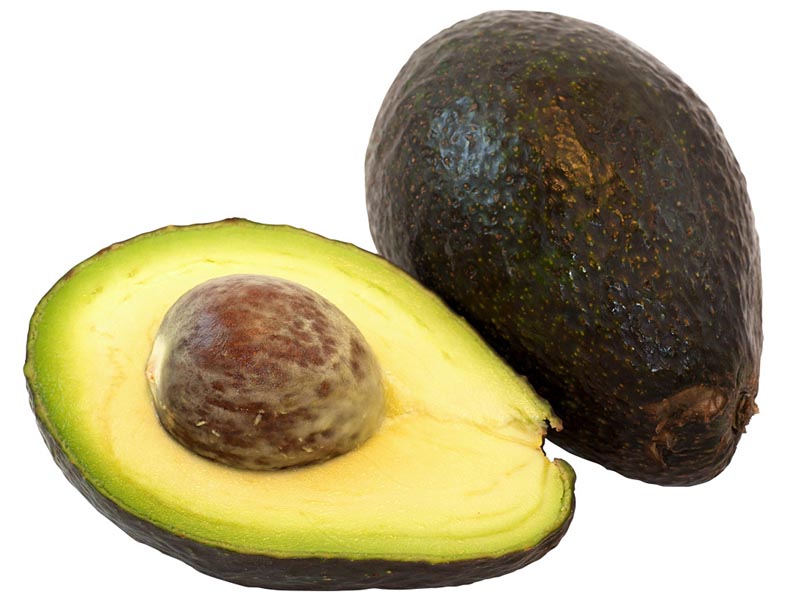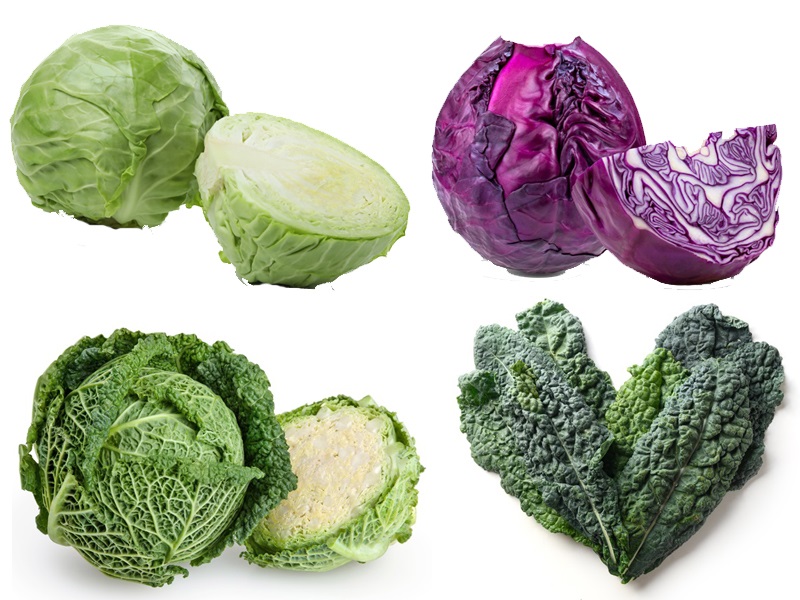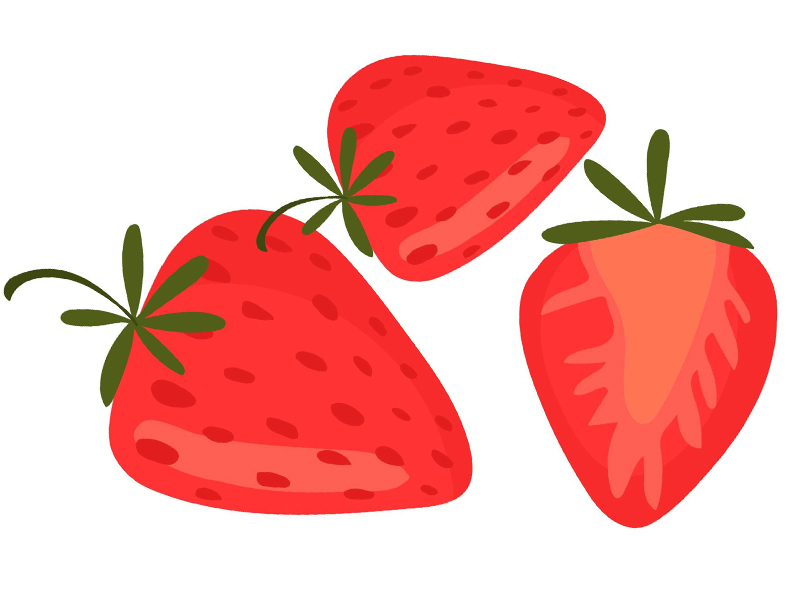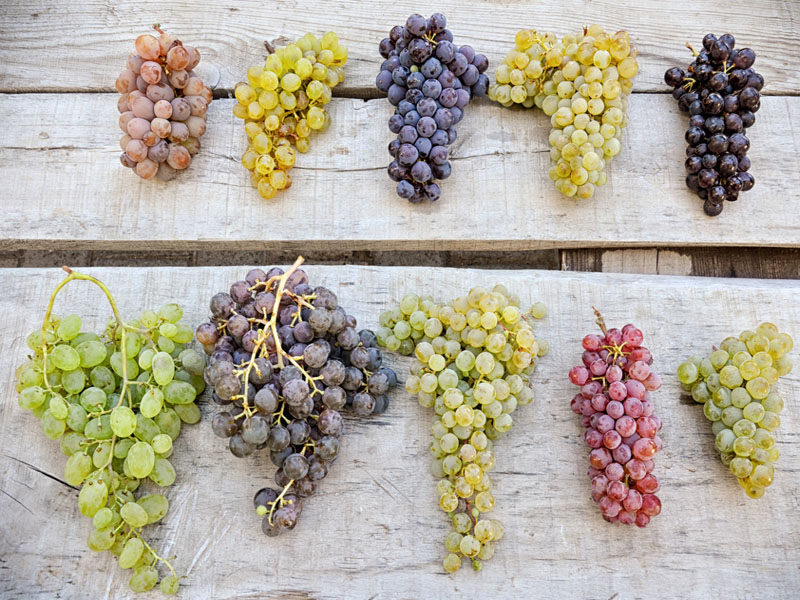Tulips are popular flowers for many celebratory occasions, whether a wedding, reception, birthday, or anniversary. Very few know the variety of tulips available worldwide except for the popular colors. Let us enter the enchanting world of tulips, where a kaleidoscope of colours and shapes awaits, which can transform gardens into vibrant canvases. Whether you are a fan of early bloomers or the mesmerizing viridiflora tulips with green accents, we have curated diverse types of Tulips that unfold like a living masterpiece. Let us navigate through the article to learn in detail. Read on!
What is a Tulip?
Tulips (Tulipa) are bulbous perennial plants from the Liliaceae family known for their vibrant, cup-shaped flowers. They are classified in the genus Tulipa, comprising over 3,000 registered varieties showcasing various colors, shapes, and sizes. Tulips typically have three petals and three sepals, forming a distinct bloom. These ornamental flowers originated from Central Asia, though they have become a global symbol of beauty and love. The cultivation and hybridization of tulips contribute to the rich tapestry of tulip diversity worldwide, resulting in an extensive array of tulip varieties, including Triumph, Darwin Hybrid, Lily-Flowered, and Parrot tulips.
Classification of Tulip Groups:
The classification of tulip groups is based primarily on their flower characteristics. However, different types of tulips are grouped according to their heritage, bloom time, and flower shape. Some of the standard classifications include:
- Early Flowering Tulips:
- Mid-Season Flowering Tulips:
- Late Flowering Tulips:
- Botanical Tulips:
- Fringed Tulips:
- Viridiflora Tulips:
- Parrot Tulips:
- Lily-Flowered Tulips:
- Rembrandt Tulips (Historical):
- Darwin Hybrid Tulips:
Best Types of Tulip Flowers In The World:
Let us review the famous and best Tulip Types that will fill your world with beauty and colours.
1. Montreux Tulips:
Montreux are double cream-coloured flowers in bloom with a light and sweet aroma. This tulip flower blossoms in radiant whites with a blend of soft pinks, creating an enchanting display. This cultivar pairs well with other garden flowers, though they are small in stature and early to bloom. The stems of these flowers are sturdy, giving them a long vase life.
- Scientific Name: Tulipa ‘Montreux’
- Plant Type: Bulb
- Geographic Origin: Central Asia
- Plant Size: 1-2 feet
- Sun Exposure: Full Sun
- Bloom Time: Early/Mid Spring
2. Linifolia Tulips:
Linifolia is a bowl-shaped flower whose colour is that of ripe tomatoes, which further highlights their uniqueness.When the sun shines, the oval petals of this flower open completely. This cultivar has an almost poinsettia-like profile owing to its black centers. Its foliage has a gray-green hue, narrow foliage, and short yet sturdy stems. Regardless of where you plant it, the plant is a winner owing to its beauty, flexibility, and endurance.
- Scientific Name: Tulipa ‘Linifolia’
- Plant Type: Bulb
- Geographic Origin: Central Asia
- Plant Size: 4 inches to 1 foot
- Sun Exposure: Full Sun
- Bloom Time: Early/Mid Spring
3. Heart’s Delight:
As the name suggests, the Heart’s Delight tulip cultivar is sleek and upright, with deep red petals and creamy white edges. This Kaufmanniana types of tulip opens, revealing a yellow heart center during the day. The foliage of this flower is sage green with wavy margins vertical and burgundy stripes. The Heart’s Delight tolerates extreme conditions well and is an early bloomer.
- Scientific Name: Tulipa’ Heart’s Delight’
- Plant Type: Bulb
- Geographic Origin: Central Asia
- Plant Size: 8-10 inches
- Sun Exposure: Full Sun
- Bloom Time: Early Spring
4. Flaming Parrot:
Parrot family Tulips is an eye-catching flower with buttery yellow petals fringed at the edges and flamed with bright red streaks. During daylight hours, these blooms are shaped whimsically and open dramatically. These flowers pull stems into a gracefully arching form with heavy flower heads. The flaming parrot spreads quickly in well-drained soil and is easy to grow. All you have to do is plant them in clusters or groups and give them plenty of sunshine.
- Scientific Name: Tulipa ‘Flaming Parrot’
- Plant Type: Bulb
- Geographic Origin: Central Asia
- Plant Size: 1-2 feet
- Sun Exposure: Full Sun
- Bloom Time: Late Spring
5. Curly Sue Tulip:
Curly sue tulip flowers have deep and dark blooms that appear to have shredded edges and are a member of the classification of the Fringed Tulip. These flowers wave gracefully in the wind as their long, strong stems hold flowers upright. For a dramatic color scheme, you can plant this cultivar with any rich-toned spring bloomer.
- Scientific Name: Tulipa’ Curly Sue’
- Plant Type: Bulb
- Geographic Origin: Central Asia
- Plant Size: 1-2 feet
- Sun Exposure: Full Sun
- Bloom Time: Late Spring
6. Exotic Emperor:
The exotic Emperor is an early-season bloomer with solid and thick stems and a member of the Fosteriana tulip family. This tulip cultivar features creamy white petals streaked with vivid green and double-form. This cultivar complements most double-flower tulips with its monochromatic profile, looking simple and classic in a large mass.
- Scientific Name: Tulipa’ Exotic Emperor’
- Plant Type: Bulb
- Geographic Origin: Central Asia
- Plant Size: 1-2 feet
- Sun Exposure: Full Sun
- Bloom Time: Early/Mid Spring
7. Carnival De Nice:
Carnival De Nice is a cultivar with bowl-shaped blooms resembling a rose in stature and form. The blooms’ petals are off-white with streaks of raspberry ripples. These tulip cultivars are somewhat delicate and must be protected from harsh winds. The leaves of these flowers are variegated in greenish-gray, whose outermost edges have white stripes. For the best effect, you can pair Carnival with less dominating spring bloomers, owing to their strong presence in the landscape.
- Scientific Name: Tulipa ‘Carnival De Nice’
- Plant Type: Bulb
- Geographic Origin: Central Asia
- Plant Size: 1-2 feet
- Sun Exposure: Full Sun
- Bloom Time: Late Spring
8. Candy Prince:
Candy Prince is in the single Early Tulip class and stands out with their pale, lilac to lavender petals and cheerful yellow centers. This cultivar’s stems hold up well in the wind, and blooms contrast nicely with silver-green strappy foliage. You can get a soft spring bouquet by the front door using this cultivar in a tightly packed container.
- Scientific Name: Tulipa’ Candy Prince’
- Plant Type: Bulb
- Geographic Origin: Central Asia
- Plant Size: 1-2 feet
- Sun Exposure: Full Sun
- Bloom Time: Early/Mid Spring
9. Casa Grande:
Casa Grande is a type of tulip that features bowl-shaped blooms with silky tomato red petals that are huge. It is a member of the Greigii group, which opens and reveals an intricate center pattern with four black hearts and erects yellow anthers during the day. The foliage of this flower is gray-blue with a subtle striped texture. These tulips are slightly fragrant and are long-lasting.
- Scientific Name: Tulipa ‘Casa Grande’
- Plant Type: Bulb
- Geographic Origin: Central Asia
- Plant Size: 1-2 feet
- Sun Exposure: Full Sun
- Bloom Time: Early/Mid Spring
10. Belle du Monde:
Belle du Monde is a type of tulip with creams and a soft palette of pinks blending together beautifully and is one of the romantic tulip varieties available. You can feature the flower’s egg shape sitting atop the stems in a cottage garden or a mixed bed with other soft yellows or pinks. However, ensuring the soil drains well for this cultivar to return for several years is best.
- Scientific Name: Tulipa ‘Belle du Monde’
- Plant Type: Bulb
- Geographic Origin: Central Asia
- Plant Size: 2-3 feet
- Sun Exposure: Full Sun
- Bloom Time: Late Spring
11. Artist Tulip:
The artist is a Viridiflora category tulip whose petals are predominantly orange and gold feathered with bright green in the middle. These colour combinations result in a unique flower specimen attracting attention. The rich green/blue foliage with wavy margins and subtle striping adds to its beauty further. The blooming time of this flower is extra long, with a stature of less than one foot.
- Scientific Name: Tulipa ‘Artist’
- Plant Type: Bulb
- Geographic Origin: Central Asia
- Plant Size: 1 foot
- Sun Exposure: Full Sun
- Bloom Time: Late Spring
12. Burgundy Tulips:
Burgundy is a Lily-Flowered tulip cultivar whose blooms are a rich and royal purple hue. These flowers arch gracefully outward at the tops with slender and fluted petals. At the same time, the leaves curve outward at their tips, whose colour is light sage. Burgundy stems are relatively weak; they sway beautifully in soft breezes, while their petals might blow off in heavy winds.
- Scientific Name: Tulipa ‘Burgundy’
- Plant Type: Bulb
- Geographic Origin: Central Asia
- Plant Size: 1-2 feet
- Sun Exposure: Full Sun
- Bloom Time: Late Spring
13. Formosa Tulips:
Formosa blooms are buttery yellow with green feathering at each petal’s center, representing the Viridiflora’s signature. It is a good choice for formal massing and sidewalk borders owing to its short stature and long bloom time. However, when mixed with other spring bloomers, the cultivar is equally suitable at home. This cultivar can withstand a lot of rainfall.
- Scientific Name: Tulipa ‘Formosa’
- Plant Type: Bulb
- Geographic Origin: Central Asia
- Plant Size: 1 foot
- Sun Exposure: Full Sun
- Bloom Time: Late Spring
14. Acropolis Tulips:
Acropolis is an elegant bloom in the Darwin category, a rose colour with willowy stems that open mid-spring. Suppose you want a dramatic mass of red tulip blooms in your garden. In that case, planting Acropolis in large quantities can be a perfect solution. You can create a lovely balance of colour and bloom time by mixing these blooms with grape hyacinth and yellow daffodil.
- Scientific Name: Tulipa ‘Acropolis’
- Plant Type: Bulb
- Geographic Origin: Central Asia
- Plant Size: 2-3 feet
- Sun Exposure: Full Sun
- Bloom Time: Mid Spring
15. Appeldorn Tulips:
Appledorn has egg-shaped flowerheads from the Darwin class tulip, averaging 5 inches wide. The early blooming stages of these flowers have blood-red petals with hints of yellow. The cultivar looks like an eye owing to the bright yellow center encircled with black antlers, making it easy to recognize. This is a hardy cultivar whose reputation of reliably returning yearly makes it more widespread.
- Scientific Name: Tulipa ‘Appeldorn’
- Plant Type: Bulb
- Geographic Origin: Central Asia
- Plant Size: 1-2 feet
- Sun Exposure: Full Sun
- Bloom Time: Mid Spring
Interesting Facts About Tulips:
Here are some of the prominent facts about tulips you might find interesting. They include:
- Originating in Central Asia, Tulips gained popularity in the Ottoman Empire during the 16th century.
- Tulips became the focus of an economic bubble known as “Tulip Mania” in the Netherlands during the 17th century. Today, the Netherlands is a leading producer and exporter of Tulips, synonymous with Dutch culture.
- Tulips offer a broad spectrum of colors and shapes since over 3,000 registered varieties exist.
- Tulips often bloom in spring, with some flowering through early summer, and are perennials.
- Tulips have inspired poets and artists for centuries, symbolizing perfect love.
- Some tulip speciescan become invasivewhen introduced to new environments.
- Certain tulip petals are edible and used in culinary creations, adding color and a mild flavor.
- Countries worldwide host tulip festivals, showcasing these vibrant blooms.
- Tulips have been extensively hybridized, resulting in diverse shapes, including fringed, lily-flowered, and parrot tulips.
- The Keukenhof Gardens in the Netherlands boasts a stunning annual tulip display known as the “Garden of Europe.”
- Tulip bulbs were used as a form of currency, reflecting their high value during Tulip Mania.
- Tulips can continue to grow by bending towards light and water even after being cut.
- The global tulip industry provides economic value and employment opportunities since it significantly contributes to the floriculture trade.
In conclusion, too many known and unknown varieties of tulips are available worldwide, which cannot be discussed in a single article. This is why we have curated a list of some of the best and most popular types of tulips you can look into and gain insight into these beautiful flowers, each with a unique hue adding to their beauty. Don’t forget to let us know if you found the article informative.
Disclaimer:
The information provided in this article is based on pure research and is for educational purposes and general knowledge only. It doesn’t constitute professional recommendations or advice.







